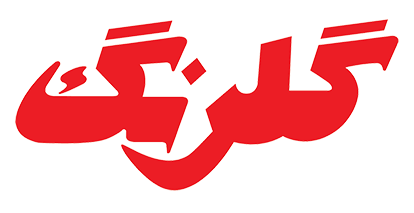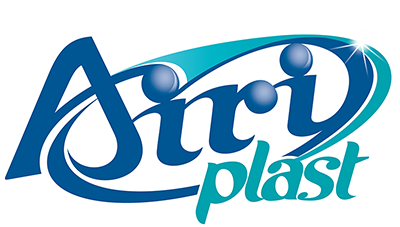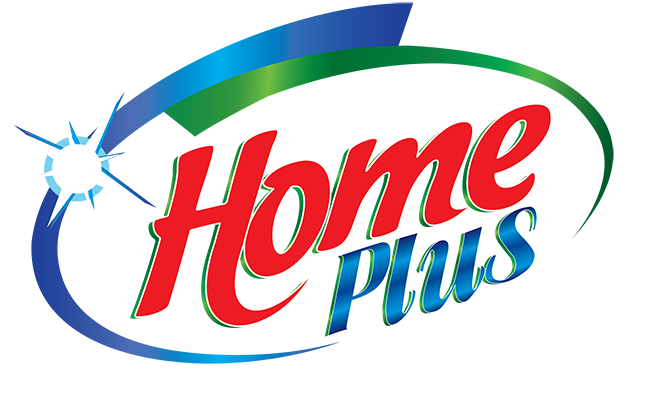Production Technologies
In order to produce plastic parts, different technologies are used and based on the required features of the final product, the machines and the production process will be chosen.
In general, plastics are divided into two categories: thermoplastic and thermoset. The primary difference between the two is that Thermoset is a material that strengthens when heated, but cannot be remolded or heated after the initial forming,(Epoxies, polyesters and polyamides are in this group) while thermoplastics can be reheated, remolded, and cooled as necessary without causing any chemical changes (polyolefins, polyamides and acrylics). thermoplastics are used in the production of caps and closures, bottles, as well as all kinds of plastic films. The most common are polyethylene (PE), polypropylene (PP), PET (Polyethylene terephthalate, PET), polystyrene and high-impact polystyrene (PS, HIPS), polyvinyl chloride (PVC) and acrylonitrile butadiene. It is styrene (ABS).
Regardless of the type of material, the production technologies involved in the plastic industry are as follows:
- injection blow molding process
- Injection molding production process
- Preform and bottle production process (Injection molding & stretch blow molding)
- Film blowing process
Before describing the above processes, we must describe the most important piece used in all of them. Extruder is an inseparable and main component of all routine processes of thermoplastics. In all processes, the extruder converts polymer materials into a molten state and then guides them towards a shaper (die) or a mold (mold). Therefore, choosing the right extruder is the first step in producing quality products. The most important components of an extruder are the hopper, barrel, screw, and screw drive motor. Polymer materials in the form of granules along with the required additives such as color masterbatch, antioxidant, anti-UV, etc. are placed in the feeding chamber and then enter the main body of the extruder. At this stage, with the help of the heating profile and the movement of the screw, the granules first become molten and then turn into a uniform mixture and move towards the die or mold. According to the events that happen after this stage, the process classification begins.
Blow molding process
This process is used to produce all kinds of bottles and gallons. After the material leaves the die, which is called the parison in this part, and enters the mold, the two halves of the mold are closed and cut from the upper part of the mold by a cold or hot blade. Air (cold or warm) is then blown into the intestine through the top of the bottle or container by a blow pin, just like when we try to inflate a balloon. After the hot plastic material is inflated and contacts the walls of the mold, the plastic material cools inside the mold and the bottle takes the shape of the mold and becomes stronger. Bottles of different types can be produced under this process. The polymers used in this process include polyethylene, polypropylene, PVC, PETBG and polycarbonate.
Injection molding production process
This process is used to produce all kinds of Caps and closures, valves and sprays, in which the molten material, after passing through the end of the extruder, enters a nozzle with a very small diameter and enters the cavity through a small inlet (sprue bush). It gets cold. Then the mold is open and the parts are taken out with the help of an ejector. More precisely, this cycle includes the following steps:
- Closing the template
- Injection
- Cooling
- ejection
Injection molding machines can be powered by either hydraulics or electricity. Increasingly, Essentra Components is replacing its hydraulic machines with electric-powered injection molding machines, showing significant cost and energy savings. At their most basic level, these machines consist of a feeder or ‘hopper’ at the top of the machine; a long, cylindrical heated barrel, which a large injection screw sits in; a gate, which sits at the end of the barrel; and the chosen mold tool, which the gate is connected to. To start the process, raw pellets of the chosen thermoplastics are fed into the hopper at the top of the machine. As the screw turns, these pellets are fed gradually into the barrel of the machine. The turning of the screw and the heat from the barrel gradually warm and melt the thermoplastic until it is molten. Maintaining the right temperatures within this part of the process is key to ensuring the plastic can be injected efficiently and the final part formed accurately. Once the molten plastic reaches the end of the barrel, the gate (which controls the injection of plastic) closes and the screw moves back. This draws through a set amount of plastic and builds up the pressure in the screw ready for injection. At the same time, the two parts of the mold tool close together and are held under high pressure, known as clamp pressure. Injection pressure and clamp pressure must be balanced to ensure the part forms correctly and that no plastic escapes the tool during injection. Once the right pressure in the tool and screw is reached, the gate opens, the screw moves forward, and the molten plastic is injected into the mold. Once most of the plastic is injected into the mold, it is held under pressure for a set period. This is known as ‘holding time’ and can range from milliseconds to minutes depending on the type of thermoplastic and complexity of the part. This holding time is key to ensuring that the plastic packs out the tool and is formed correctly. After the holding phase, the screw draws back, releasing pressure and allowing the part to cool in the mold. This is known as ‘cooling time’, it can also range from a few seconds to some minutes and ensures that the component sets correctly before being ejected and finished on the production line. After the holding and cooling times have passed and the part is mostly formed, pins or plates eject the parts from the tool. These drop into a compartment or onto a conveyor belt at the bottom of the machine. In some cases, finishing processes such as polishing, dying or removing excess plastic (known as spurs) may be required, which can be completed by other machinery or operators. Once these processes are complete, the components will be ready to be packed up and distributed to manufacturers.
Preform and bottle production process
.Two production methods are usually used to produce PET bottles, and in both, preform production is the first step. Each preform is in the form of a laboratory tube, the top of which forms the opening of the bottle. These preforms are designed and produced according to the size and weight of the bottle. The important difference between the production of PET bottles and other polyolefin materials is the high moisture absorption of PET materials. In order to produce preforms, PET granules are guided by the vacuum system from inside the bags containing these seeds into the drying chamber and are dried in this chamber at a temperature of about 190 degrees Celsius for 4 hours. Otherwise, the final bottles will not have the desired quality.
Single Stage Process
In this case, the preform is injected in the machine and transferred to another part of the machine in the same machine, and in that part, it is stretched and inflated in the desired mold by the rod. This type of production equipment is usually used in the production of PET containers with high circulation (soda industry).
Two Stage Process
Another type of production of PET bottles is known as reheating and blowing.
Reheat and Blow
In this process, the preforms are first injected, then stored, and during the production of bottles, the preforms are reheated in light or thermal furnaces, stretched under the influence of a rod from the inside, and then inflated. This process is usually used to produce PET bottles in lower production runs.
Film blowing process
In this process, molten materials enter a large die from the extruder and enter the blower part. In order to form the melt in the form of bubbles, an aeration system is used. When cold air is applied, the film is stretched to some extent, so that in addition to increasing the length, its appearance is increased to some extent and its final strength is increased. Finally, the film is collected in large rolls and subsequent processes such as sewing, printing and packaging are performed on it.







